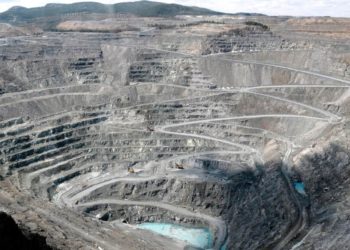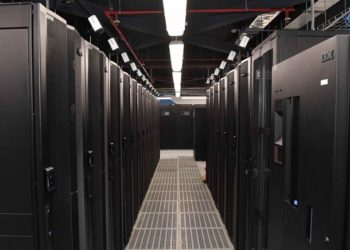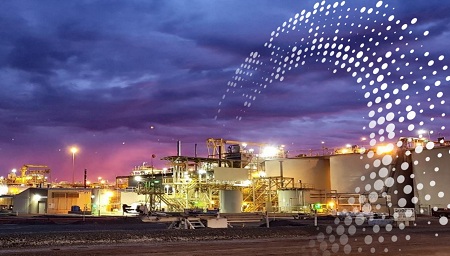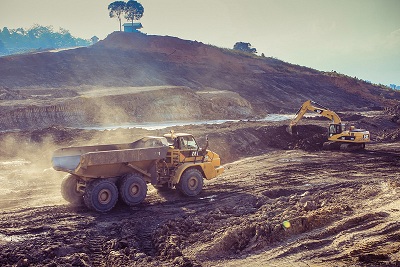UK-based African Minerals (AML) through its subsidiary Tonkolili Iron Ore, is developing the Tonkolili iron ore mine in Sierra Leone, West Africa.
The project, involving a fully integrated mine, rail and port infrastructure, is planned to be developed in three phases.
Mining lease for the project was approved in August 2010 and the first phase development commenced direct shipping iron ore production in November 2011. Construction of the concentrating facility for the second phase development of the project is expected to commence by the end of 2014. Production is expected to start from 2016.
Tonkolili mine is expected to have an operational period for more than 60 years. AML owns 75% stake in the mine, while Shandong Iron and Steel Group (SISG) own the remaining 25%.
Tonkolili iron ore mine geology and reserves
Marampa Haematite Iron Ore Mine, Sierra Leone
The Marampa mine is a brownfield haematite iron ore mine located approximately 150km north-east of Freetown in Sierra Leone, West Africa.
Tonkolili iron ore deposit is located within the Sula Mountain range and forms part of a banded iron formation (BIF) featuring a north east-south west trending magnetic anomaly. The mine contains four contagious ore bodies, Simbili, Marampon, Numbara and Kasafoni.
These are underlain by amphibolites, amphibolite-hornblende schists, phyllites and amphibolites associated with basaltic lava flows of the Sonfon Formation.
Each of the ore bodies is open at depth and characterises primary magnetite mineralisation underlying the secondary hematite/goethite style mineralisation.
The mine contains 12.8 billion tonnes of Joint Ore Reserves Committee (JORC) compliant iron ore resources (11.5 billion tonnes of magnetite ore). It is considered to be one of the world’s largest magnetite deposits.
Tonkolili mine developmental phases
The first phase of development included the establishment of a mine, reconstruction of the Pepel Port and 74km of existing railway, and the construction of a new 126km narrow gauge railroad. First phase direct shipping hematite iron ore production increased up to 20 metric tonnes per annum (Mtpa) in 2013.
The second phase is expected to produce 23Mtpa of high grade hematite concentrate. It includes the construction of a concentrator facility, at the mine site, with a capacity to process 30Mtpa, and the development of a new purpose built port at Tagrin Point.
A proposed third phase will focus on the production of magnetite concentrate using a series of large-scale magnetite concentrators.
Mining and processing of ore at Tonkolili mine
“The first phase of development included the establishment of a mine, reconstruction of the Pepel Port and 74km of existing railway, and the construction of a new 126km narrow gauge railroad.”
The first phase open-pit mining operation is carried out using two RH120E excavators, two PC1250 excavators, and 28 777D/F haul road trucks. Extracted ore is processed at a wet processing plant, which is supplemented by a mobile crushing, washing and screening plant and a semi-mobile crushing plant.
Direct shipping iron ore is loaded into the rail cars using front end loaders and transported to the Pepel port where bottom dump trains are used to discharge iron ore onto the 3,000 tonnes per hour (tph) in-loading and stacking system. The iron ore is exported from the port by a fleet of four trans-shipping vessels.
Other infrastructure facilities at the Pepel Port include two stockpile material handling facilities, a 160-person camp, and a dredging facility.
Financing
The first phase of the iron ore mining project received $100m of subordinated standby facility from Standard Bank. An £80m placement with institutional investors was also completed for the first phase construction in February 2010.
China Railway Materials Commercial Corporation (CRMCC) invested £167.8m on the project.
Shandong Iron and Steel Group (SISG) agreed to provide $1.5bn investment for the project, as part of its share in the company. SISG is to offtake up to 10Mtpa of iron ore at discounted prices under a Memorandum of Understanding (MoU) signed in July 2010.
Contractors involved with the Tonkolili mine development
SRK Consulting was engaged in December 2008 to conduct a mineral resource estimate for the iron ore mine. BCM Group was awarded the mining contract and Hawk was engaged as the civil works contractor for the first phase.
China Civil Engineering Construction Corporation (CCECC) was involved in the construction of the 126km railway track from Lunsar to Tonkolili.
Hatch Goba was engaged to improve rail and port infrastructure between the Tonkolili mine and the Pepel port.
Ausenco was appointed as the front end engineering design (“FEED”) engineer for Phase II of the Tonkolili iron ore project in February 2014.
Worley Parsons, which carried out the definitive feasibility study (DFS) and the FEED study for the first phase, was engaged to conduct an infrastructure engineering study for the second phase of the project.








